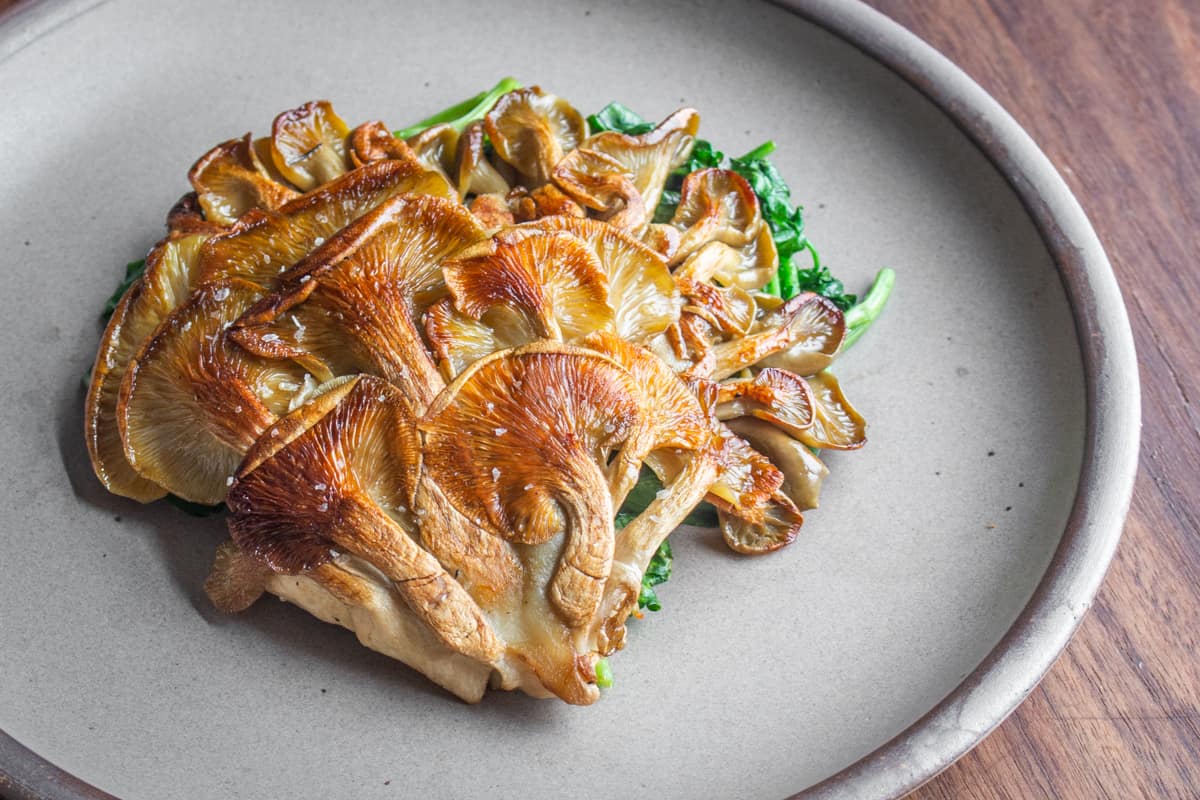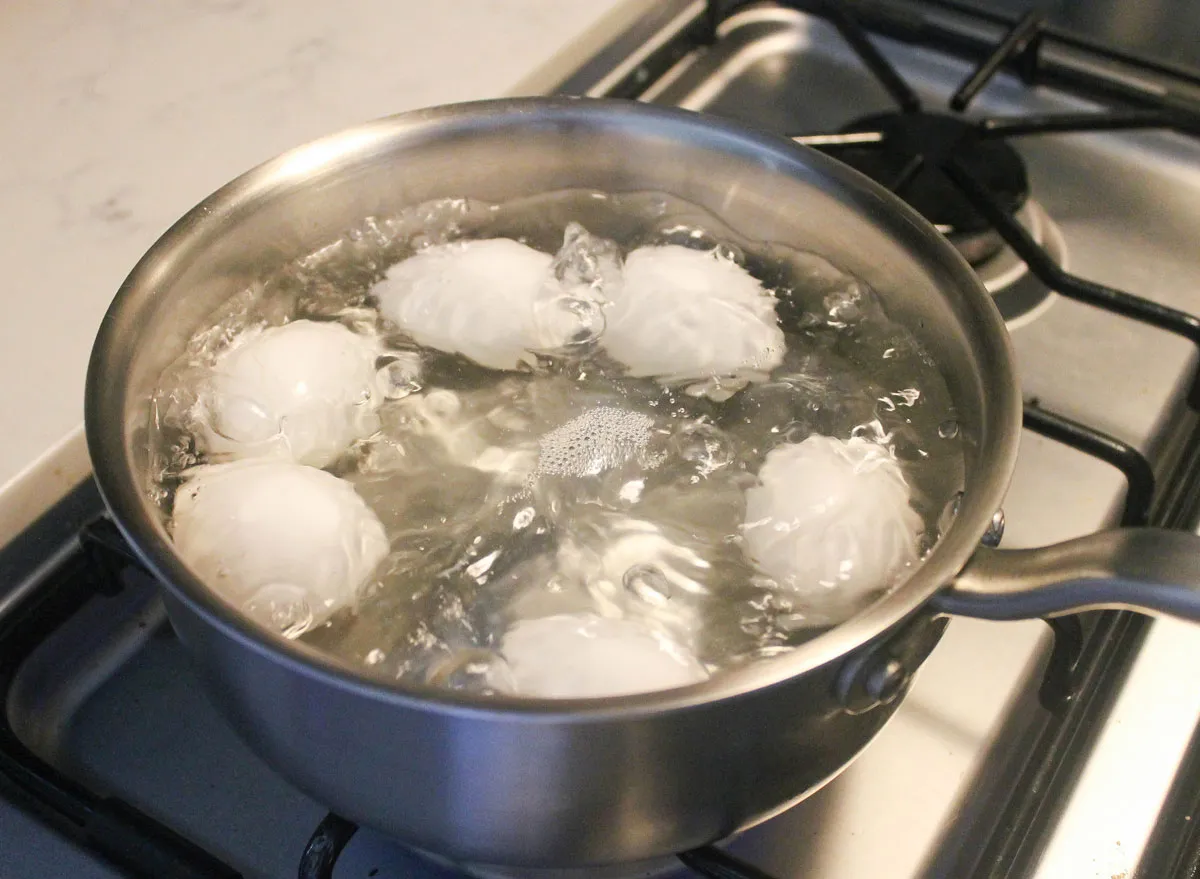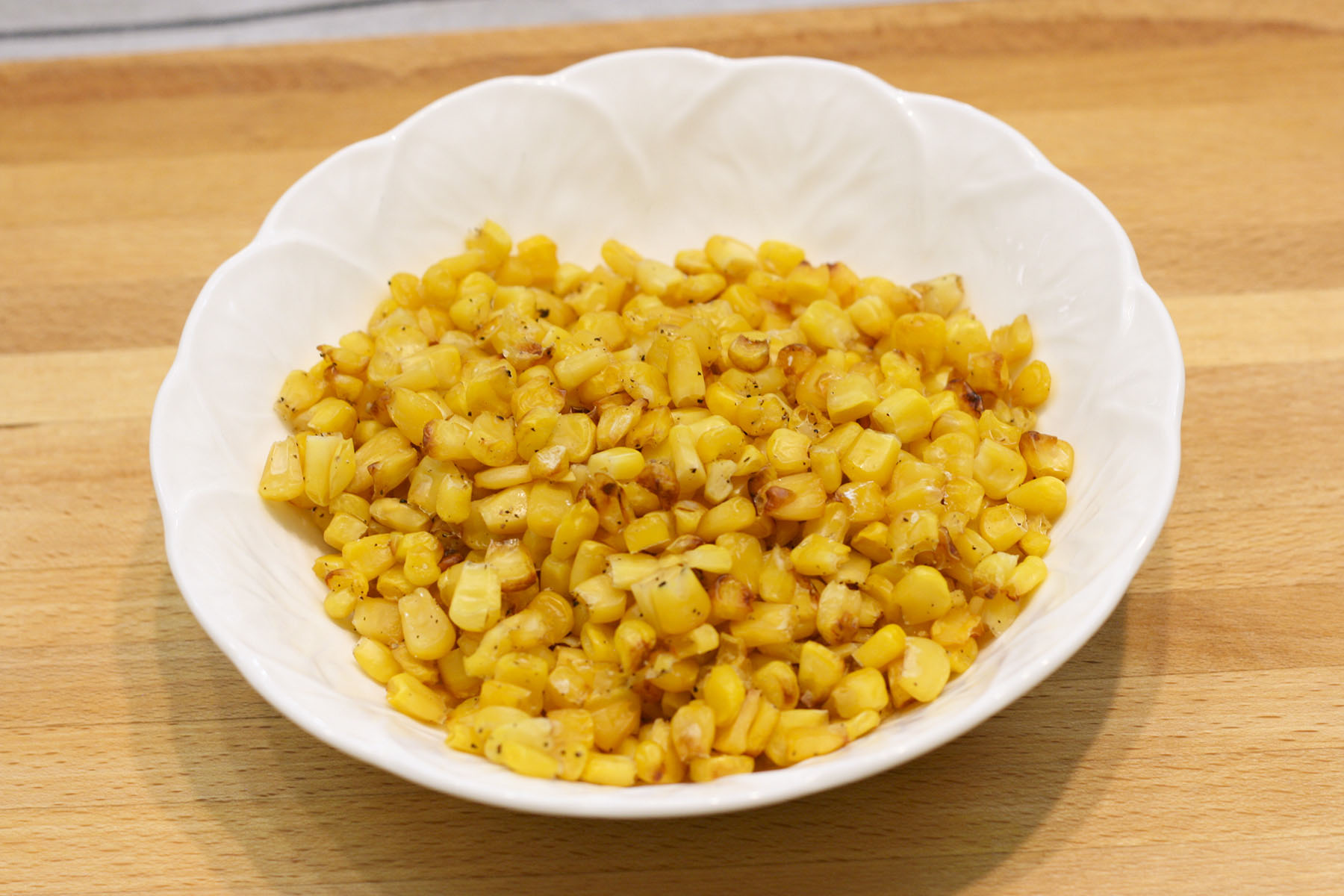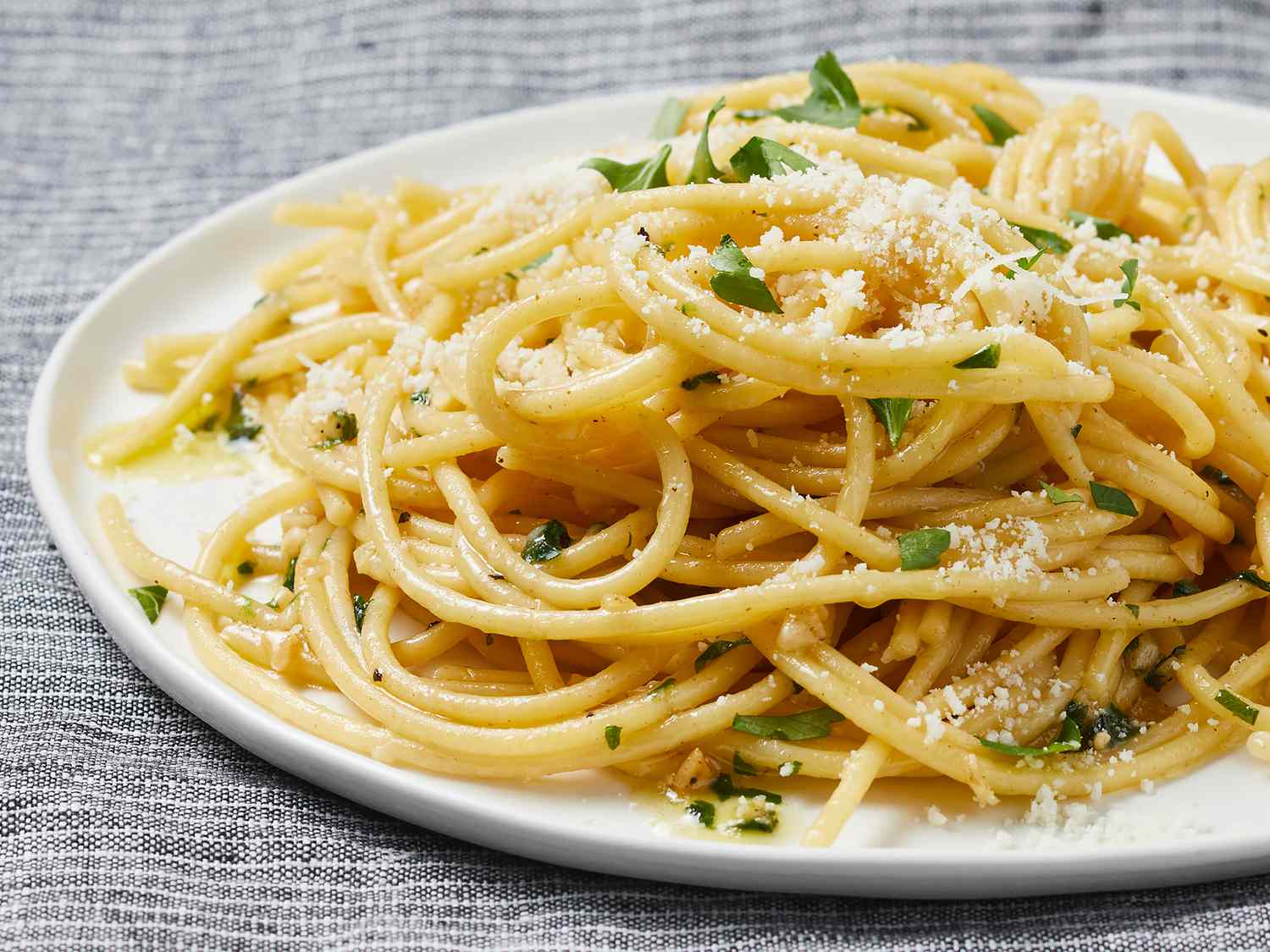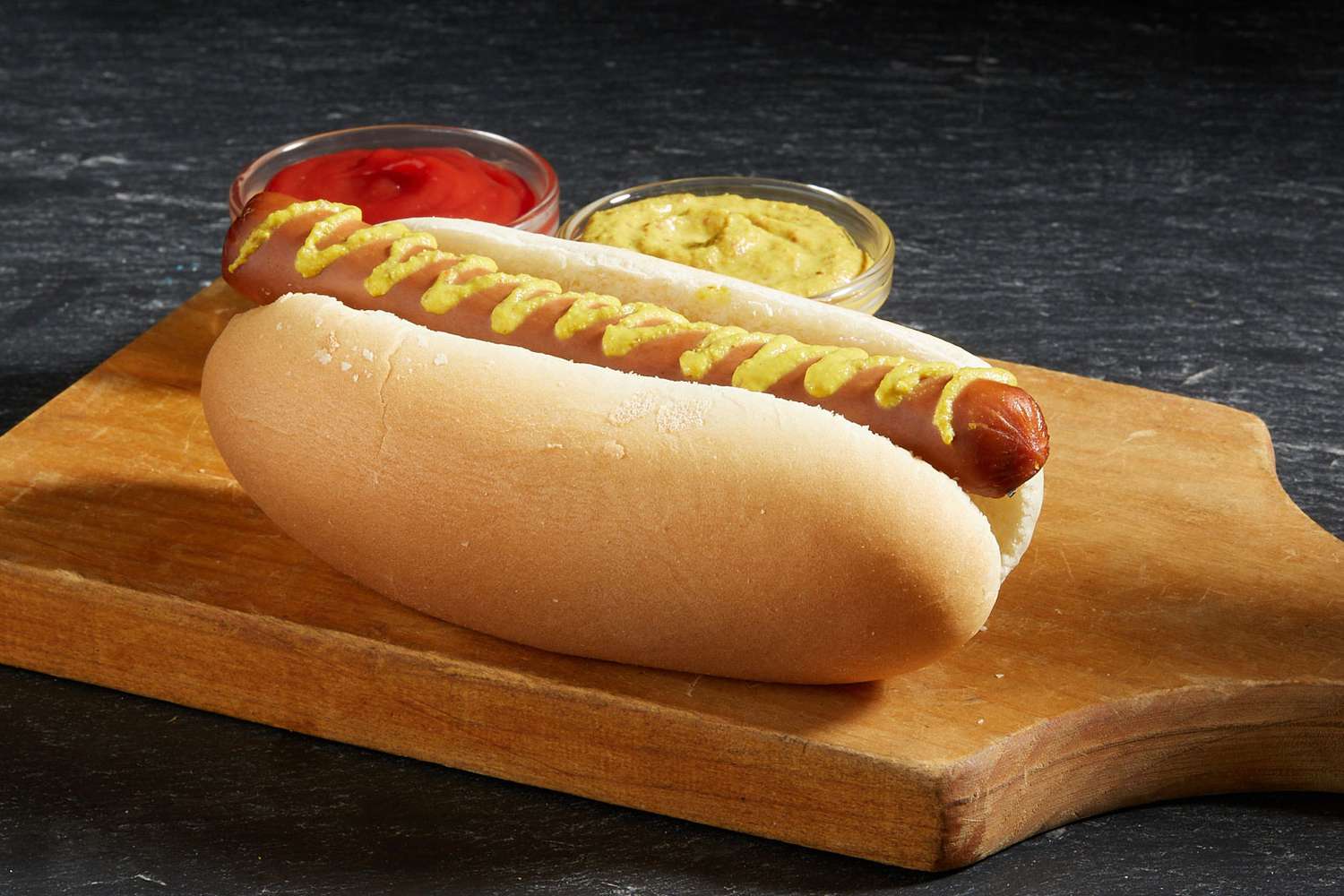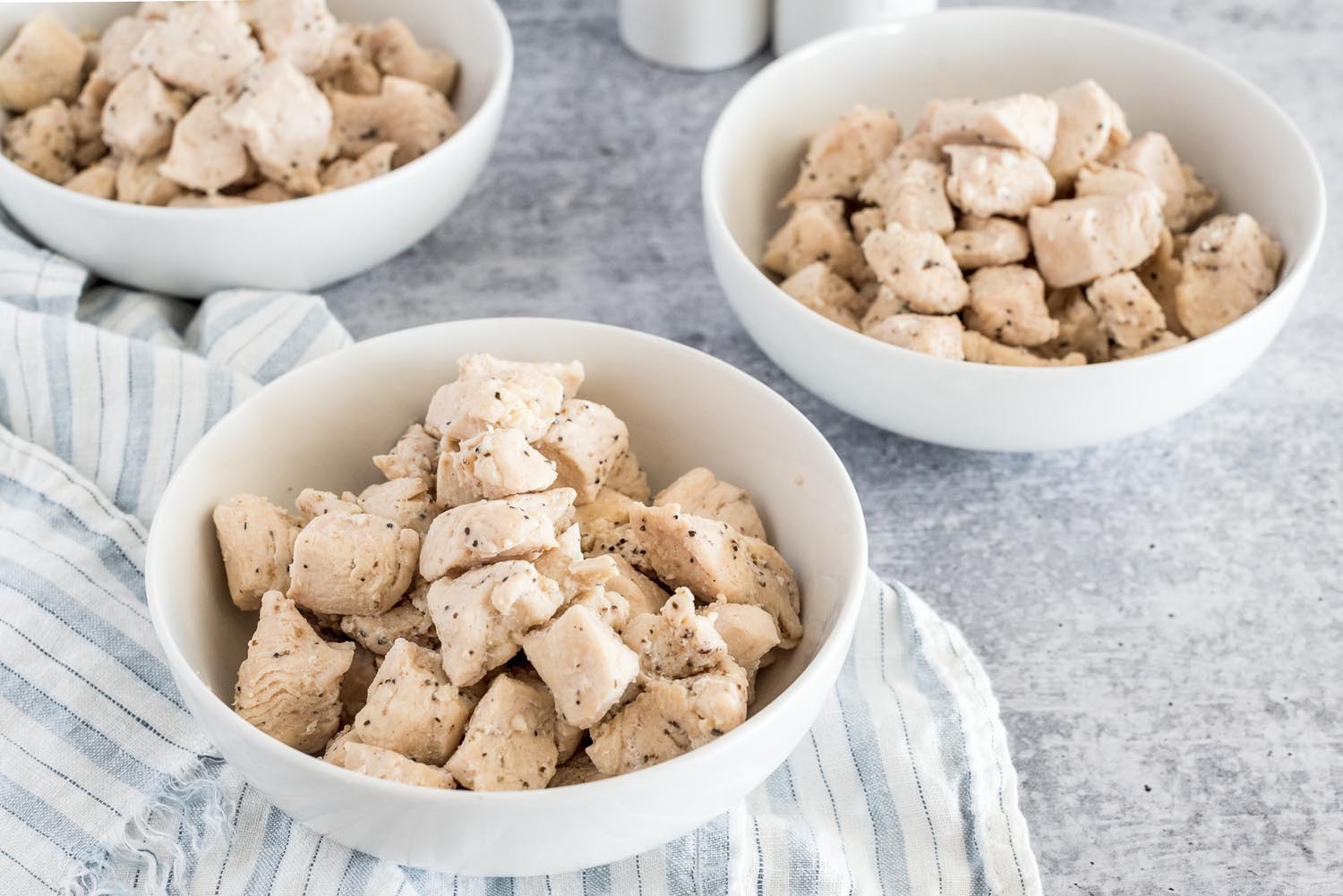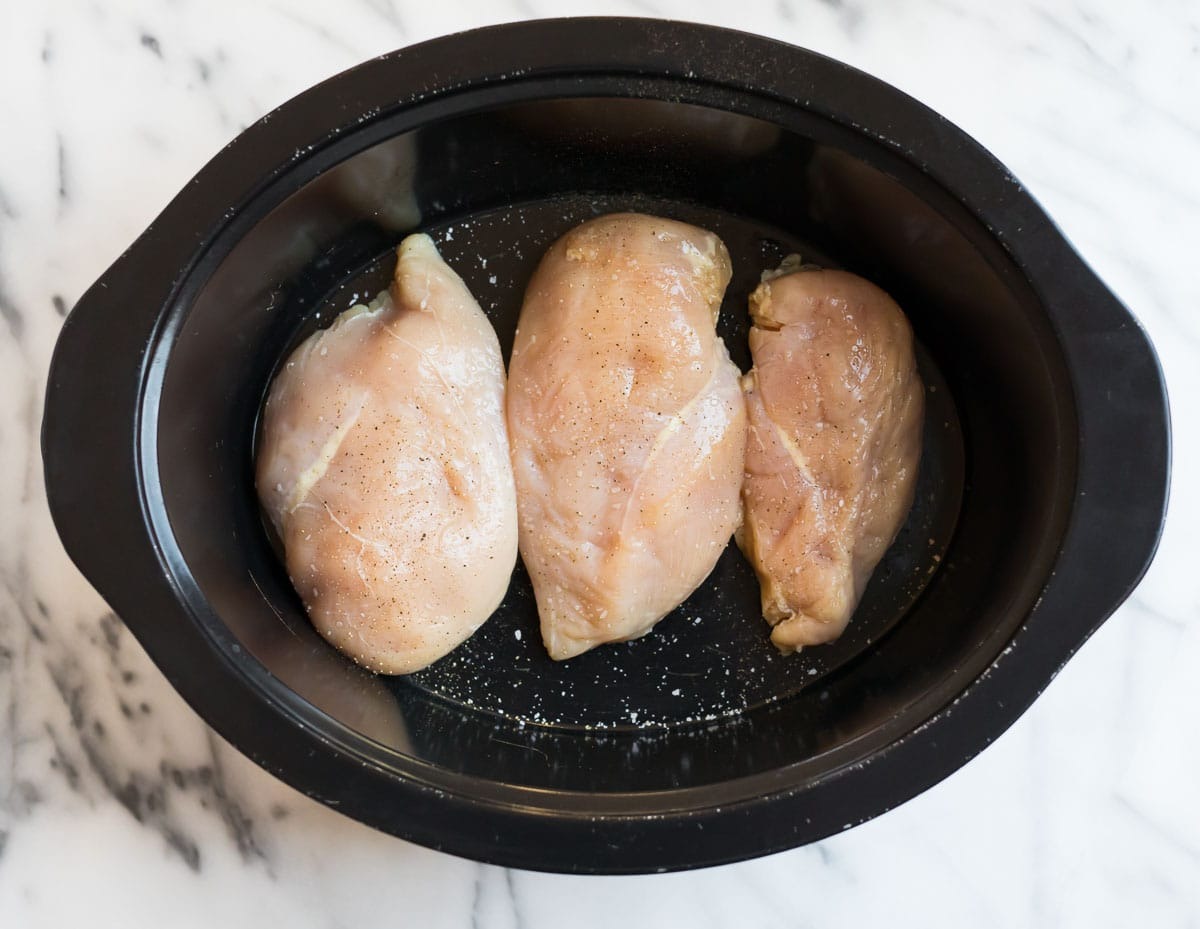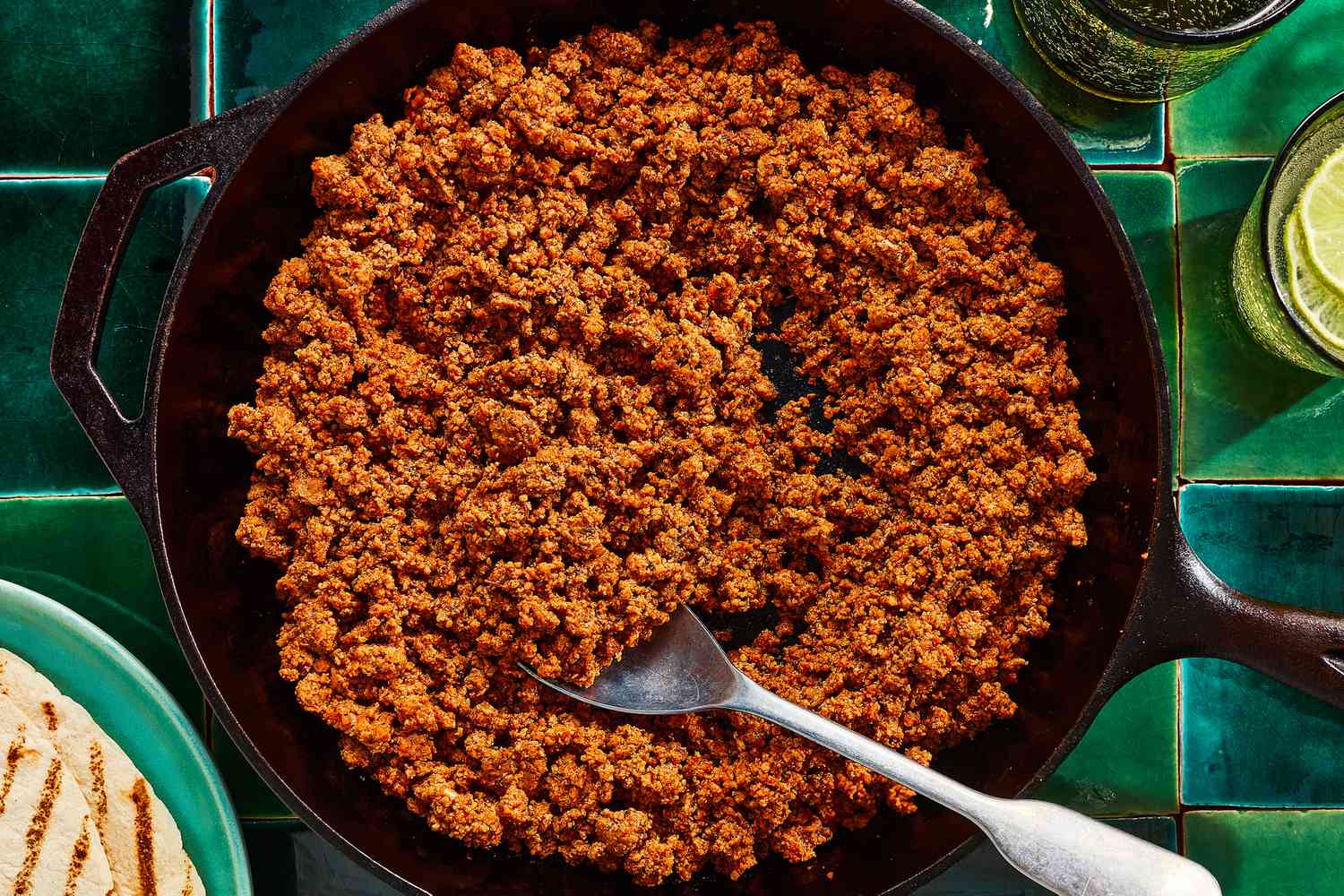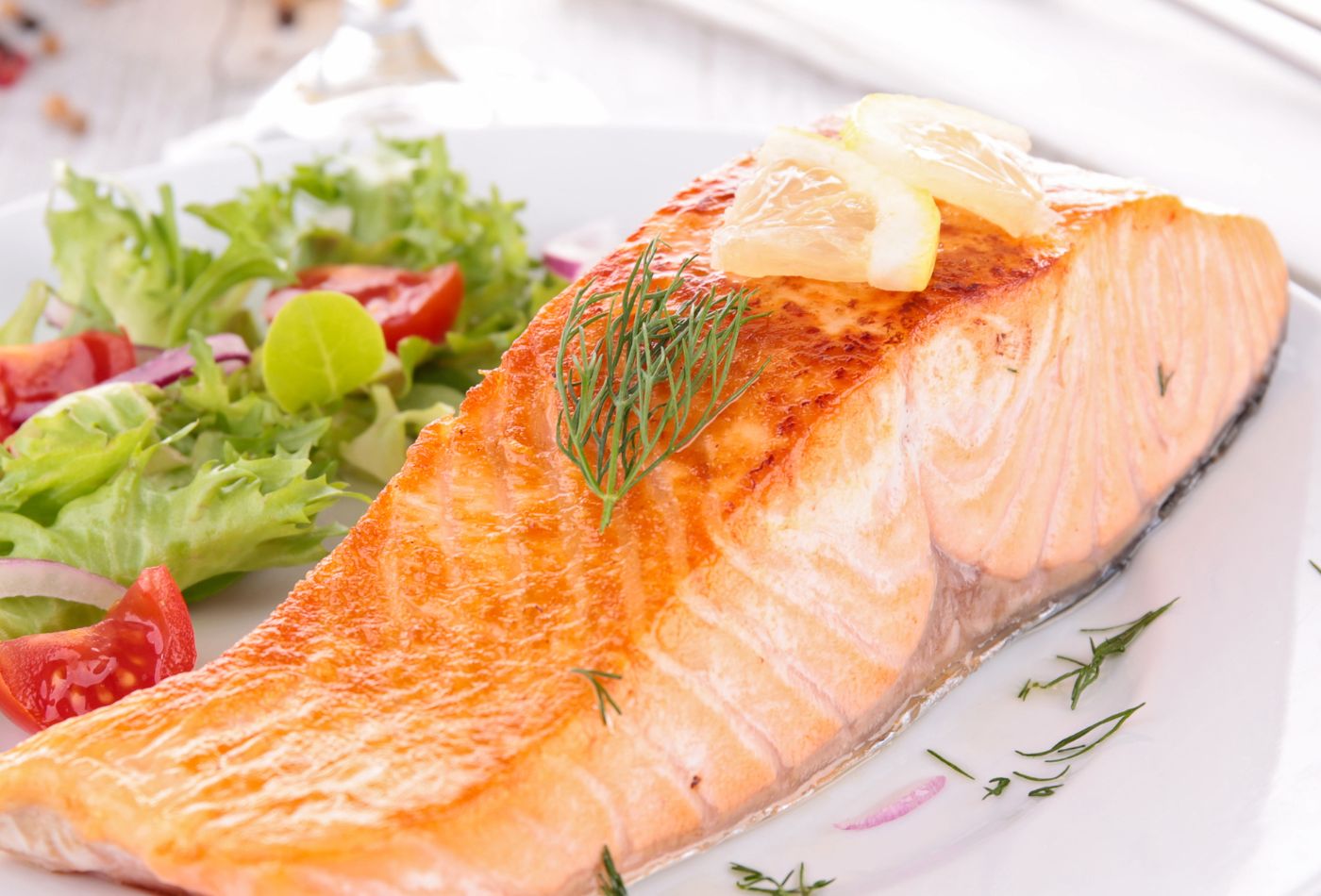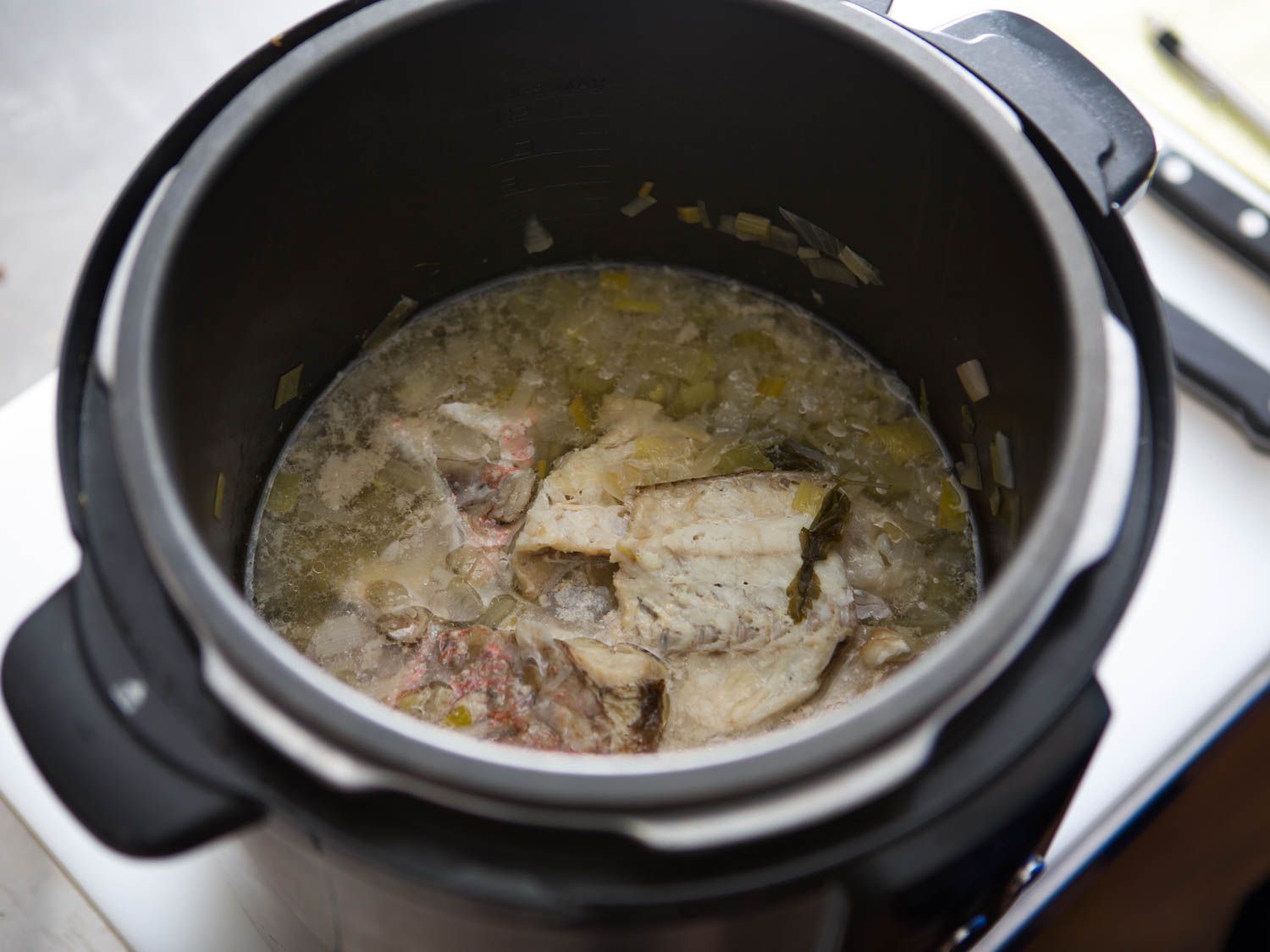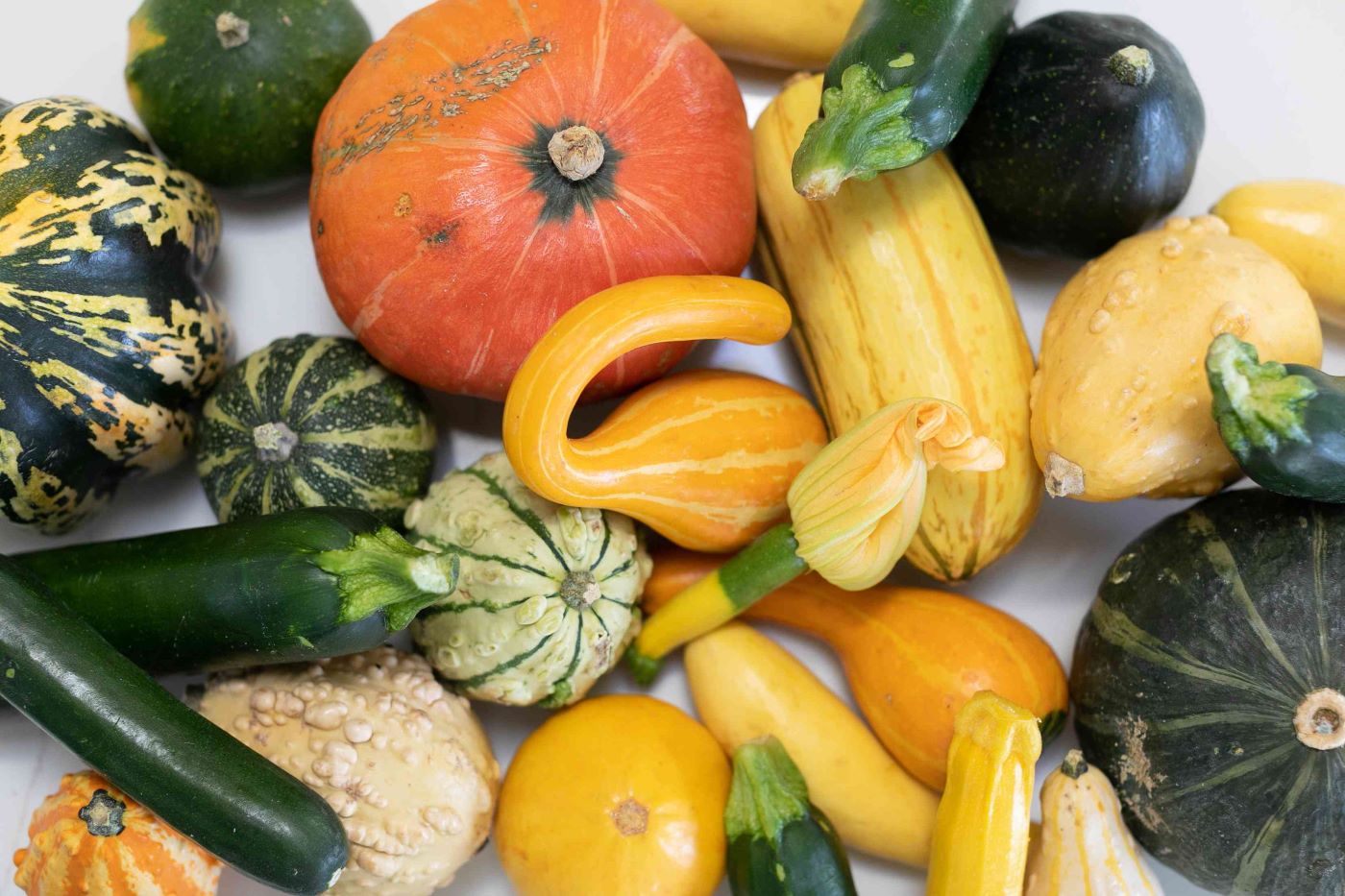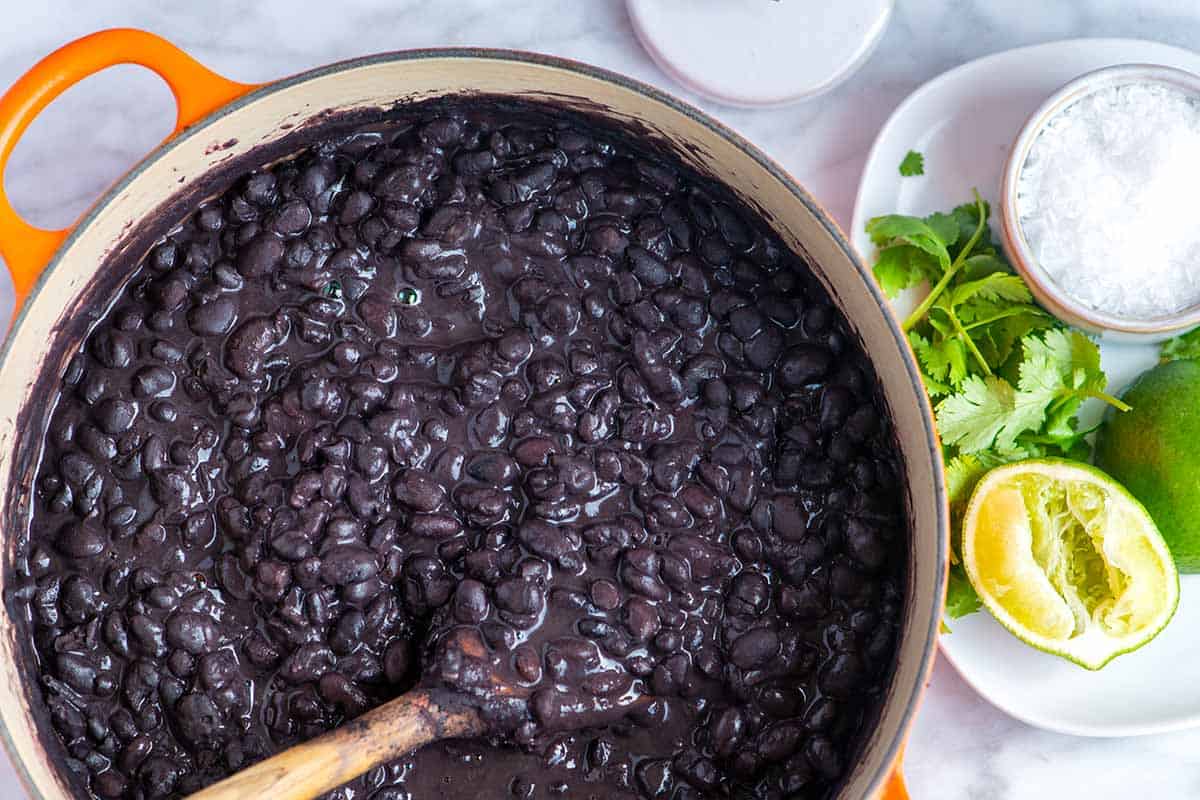The Secret to Cooking a Perfectly Tender and Juicy Roast in the Oven
There’s nothing quite like the aroma of a succulent roast filling your kitchen as it cooks in the oven. But let’s face it, a tough and chewy roast is a culinary disappointment. If you’ve ever struggled to cook a roast that falls apart with melt-in-your-mouth tenderness, you’re in luck. I’m here to share the secret to cooking a mouthwatering roast in the oven that will leave your guests raving.
Choose the Right Cut of Meat
When it comes to roasting, not all cuts of meat are created equal. To achieve a roast that effortlessly falls apart, you’ll want to select a cut that is known for its tenderness. Look for cuts like chuck roast, brisket, or shoulder roast. These cuts contain a good amount of marbling and connective tissue, which will break down during the cooking process and result in a tender roast.
Prep and Seasoning
Before cooking your roast, it’s important to properly prepare and season it. Start by patting the meat dry with paper towels to remove any excess moisture. This will help ensure a nice sear when you brown the roast. Next, season the roast generously with your favorite blend of herbs and spices. Popular choices include salt, pepper, garlic powder, rosemary, and thyme.
Searing for Ultimate Flavor
Avoiding the temptation to skip the searing step is crucial in achieving a mouthwatering roast. Searing not only creates a savory crust on the meat but also seals in the flavors and juices. Heat a heavy-bottomed skillet or Dutch oven over medium-high heat and add a small amount of oil. Once the oil is hot, carefully place the roast in the skillet and allow it to cook for a few minutes on each side until it develops a rich, golden brown crust.
The Low and Slow Cooking Method
Now that your roast is beautifully seared, it’s time to transfer it to the oven for a slow and gentle cooking process. Preheat your oven to a low temperature, around 275°F (135°C). Place the seared roast in a roasting pan or oven-safe dish and cover it tightly with foil or a tight-fitting lid. This will help trap the moisture and create a moist cooking environment for the roast.
Cooking your roast low and slow ensures that the connective tissues break down gradually, resulting in a tender and juicy piece of meat. The cooking time will depend on the size and thickness of your roast, but as a general rule of thumb, plan for around 3-4 hours.
The Test and Rest
Once your roast has been in the oven for the recommended cooking time, it’s crucial to perform a test to determine doneness. Insert a meat thermometer into the thickest part of the roast, making sure not to touch any bones. The internal temperature should reach about 200°F (93°C) for an exceptionally tender and falling-apart roast.
After removing the roast from the oven, resist the urge to immediately slice into it. A little patience goes a long way when it comes to achieving the ultimate tenderness. Allow the roast to rest for about 15-20 minutes before carving. This allows the juices to redistribute throughout the meat, ensuring a moist and succulent final result.
Carving and Serving
When it’s time to carve your roast, use a sharp carving knife and cut across the grain for maximum tenderness. The meat should effortlessly fall apart as you slice it, revealing its juicy and delectable texture. Serve the roast with your favorite sides and enjoy the satisfaction of a perfectly cooked meal.
- Choose a tender cut of meat like chuck roast, brisket, or shoulder roast.
- Pat the meat dry and season generously with herbs and spices.
- Sear the roast for a savory crust and to seal in the flavors.
- Cook the roast at a low temperature, around 275°F (135°C), for several hours to allow the connective tissues to break down.
- Perform a temperature test and let the roast rest before carving.
- Carve the roast across the grain, and enjoy a perfectly tender and juicy meal.
Now that you know the secret to cooking a roast in the oven so it falls apart, you can confidently impress your family and friends with a show-stopping meal. Remember to choose the right cut of meat, properly prep and season it, sear for flavor, cook low and slow, test for doneness, rest, and carve with precision. With a little patience and attention to detail, you’ll be rewarded with a roast that is simply melt-in-your-mouth delicious.
For those looking to master the art of cooking a roast that falls apart in the oven, there are several recipes they can try. The Classic Pot Roast with Vegetables is a perfect starting point, offering a traditional approach with hearty flavors. For a twist, BBQ Pulled Beef Sandwiches provides a deliciously smoky option ideal for casual gatherings. Those who enjoy international cuisine might find Mexican Barbacoa Beef or Korean Bulgogi Beef Bowls particularly enticing, each bringing unique flavors to the table. Lastly, Beef Shepherd's Pie and Shredded Beef Chili are comforting dishes that showcase how versatile shredded beef can be in different culinary contexts.
Was this page helpful?
Read Next: How To Cook A 4 Lb Beef Tenderloin
